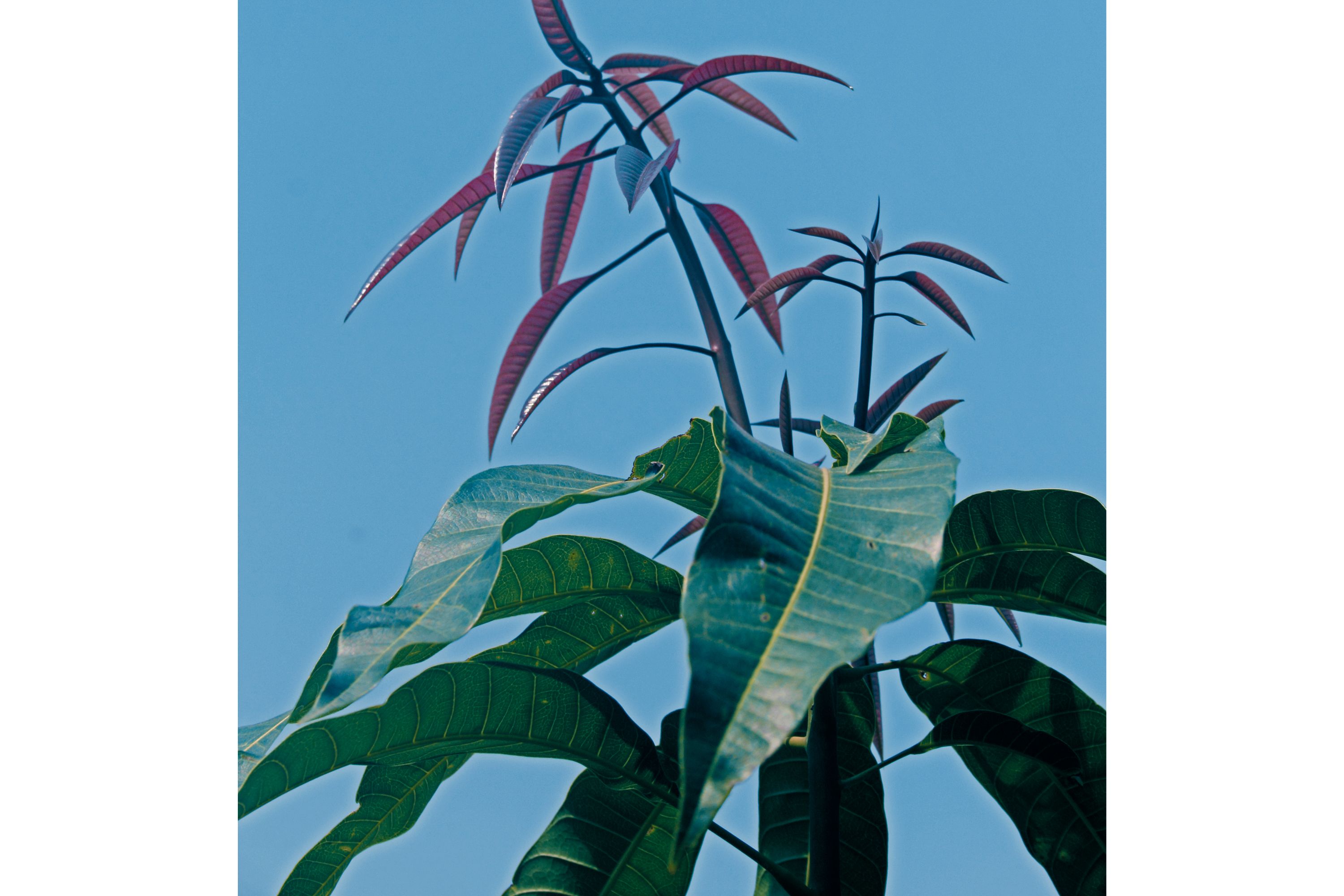Mango tree
(Mangifera indica)

Description
Mangifera indica, commonly known as the mango tree, is a large evergreen tree that is native to South Asia but is now cultivated in many tropical and subtropical regions of the world. The mango tree belongs to the family Anacardiaceae, which includes other economically important plants such as cashew and pistachio. Mango is widely recognized as the "king of fruits" because of its sweet, juicy, and fragrant flesh. In this article, we will explore the botanical, ecological, cultural, and economic aspects of Mangifera indica. Botanical Characteristics Mangifera indica is a fast-growing tree that can reach a height of 30 meters and a trunk diameter of up to 1.5 meters. The tree has a dense, symmetrical crown with a spread of up to 10 meters. The leaves are evergreen, alternate, and lanceolate, with a length of 15 to 30 cm and a width of 5 to 10 cm. The leaves are dark green and glossy on the upper surface, while the lower surface is covered with fine hairs. The flowers of the mango tree are small, white, and fragrant, with a diameter of 5 mm. The flowers are borne in large terminal panicles that can be up to 40 cm long. Each flower has five sepals, five petals, and a single pistil. The fruit of the mango tree is a large drupe that can weigh up to 2 kg. The fruit is oval or oblong in shape, with a length of 10 to 25 cm and a diameter of 7 to 12 cm. The skin of the fruit is smooth and tough, and the color can vary from green to yellow, orange, or red, depending on the cultivar and ripeness. The flesh of the fruit is juicy and sweet, with a distinctive flavor and aroma. Ecological Characteristics Mangifera indica is a tropical and subtropical tree that requires warm and humid conditions to thrive. The tree can grow in a wide range of soil types, but it prefers deep, well-drained, and fertile soils. The mango tree is also tolerant of saline and alkaline soils, but it does not tolerate waterlogging or frost. The tree can be grown from sea level up to 1,500 meters altitude, depending on the local climate. The mango tree is a long-lived tree that can produce fruit for up to 40 years. The tree starts bearing fruit after three to six years from planting, depending on the cultivar and growing conditions. The fruit is harvested when it is fully mature, which can take from 90 to 150 days after flowering, depending on the cultivar and climate. The fruit is usually harvested by hand, using long poles with a net or basket attached to the end. The fruit is then sorted, graded, and packed for transportation to the markets. Cultural Significance Mangifera indica has been cultivated in South Asia for more than 4,000 years and is an important cultural symbol in the region. The mango tree is mentioned in ancient Hindu scriptures, such as the Ramayana and the Mahabharata, and is associated with the god Shiva. The mango tree is also mentioned in the Islamic tradition, and it is believed that the Prophet Muhammad used to enjoy eating mangoes. The mango fruit has a special significance in many cultures, and it is often used in religious ceremonies, festivals, and traditional medicine. In India, the mango tree is considered a symbol of love and fertility, and it is often planted near temples, homes, and public places.
Taxonomic tree:







